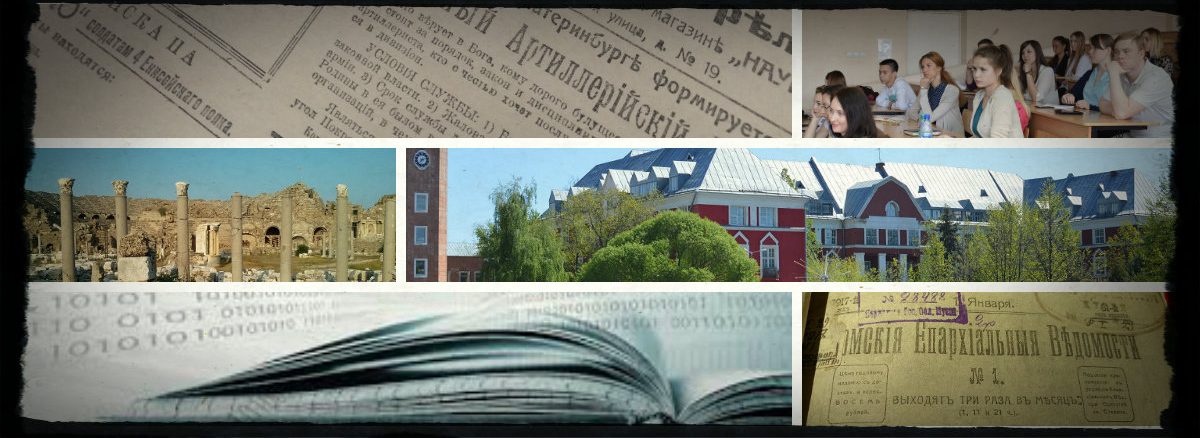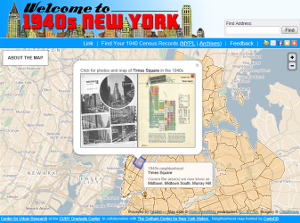After 72 years, the National Archives has released the full set of records comprising the 1940 Federal Census: a milestone event for historians and genealogy researchers searching for documentary material of New Deal and Depression-era America. But until the records are indexed (most likely by a commercial service such as Ancestry.com or FamilySearch.org), finding a name among the millions of handwritten records is like looking for a needle in a haystack.
Get in touch!
General questions, bug reports, feature ideas, press inquiries etc.: emaildirectme@nypl.org
Research questions: get in touch with a NYPL librarian
That's why the Milstein Division of US/Local History & Genealogy, together with NYPL Labs, has built Direct Me NYC 1940. This experimental website features freshly digitized 1940 telephone directories from the five boroughs of New York City, which, combined with powerful search tools (built atop Stephen Morse and Joel Weintraub's One-Step data service), enable patrons to convert residential street addresses of 1940s New Yorkers into precise census enumeration districts, permitting informed navigation of the Census records.
The Sixteenth United States Federal Census is an exciting and important document. It describes the lives of Americans caught between two cataclysmic events in the country's history. When the 1940 census was taken, the nation was still in the throes of the Great Depression, with 14.6 % of the population out of work, but not yet caught up in the Second World War, a soon to be global conflagration that was, ironically, to put an end to years of economic hardship. Using Direct Me NYC 1940enables you to explore the 1940 census, and, in doing so, the lives of individual men, women, and children - possibly your parents, grandparents, or great grandparents - who lived in New York City during historic times.
About the Milstein Division
The Irma and Paul Milstein Division of United States History, Local History and Genealogy is located in the New York Public Library's Stephen A. Schwarzman Building on Fifth Avenue and 42nd Street. The Milstein Division collects materials documenting American History on the national, state and local level, Genealogy, Heraldry, Personal and Family Names, and Flags. As one of the nation's largest publicly accessible and non-membership genealogical collections, the Milstein Division is a national resource. Cited in most family history handbooks, the Milstein Division is a mecca to researchers from around the world. Its extensive holdings and helpful research services are used each year by thousands of family historians, scholars, students, city planners, television and film producers, creative writers, visual artists and anyone interested in history. Learn more about our world-class collections, and follow the activities of the Division through our blog, Flickr, Twitter andFacebook pages.
About NYPL Labs
NYPL Labs is an experimental unit at the New York Public Library developing ideas and tools for digital research. A collaboration among curators, designers and technologists, NYPL Labs is dedicated to rethinking what a public research library can be and do in the new information commons. We develop everything from proof-of-concept pilots to fully realized web applications and digital archives, as well as hosting a variety of staff workshops and public talks. Building on the Library's public mission, Labs also seeks to foster collaboration with NYPL users through crowdsourcing and participatory initiatives, and shares tools and data with the wider library and digital humanities communities.

